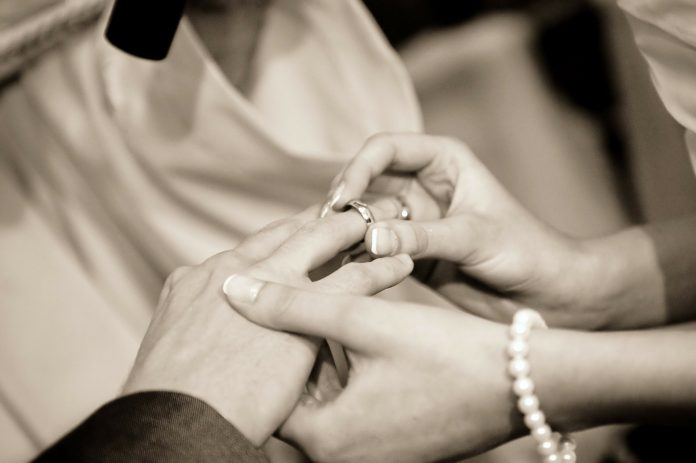Since ancient times, jewellery has been considered a precious amenity. Especially in the case of marriages, its worth increases manifold. Among all the pieces of jewellery, wedding rings have occupied a special place. It is an heirloom that you pass down to your loved ones. A symbol of love, it is always cherished by the wearer. With time, diamond rings have almost become synonymous with the term wedding rings. The designs of these diamond rings are often an indication of their worth and the trend that was popular during that time. Let’s go through the trends that have been in and out over the past decades.
1900s
Edwardian rings were inspired by the change in British reign due to the influx of French influence on fashion. Lace-inspired rings involving multiple diamonds become popular. Handmade filigree details on platinum became a major trend.
1910s
During those times, diamond rings bearing intricate work were the choice. It was similar to the jewellery of the Edwardian period. The designs usually consist of those elements that represented love and unity such as hearts, hands, etc. The shift was towards ornate filigree metalwork with intricate designs. These feminine designs accentuated the sparkle of the diamonds incorporated in the rings.
1920s
The designs started shifting towards a distinct Art Deco design. The prominent characteristics of this style were the sharp lines and geometric designs. Also, the emphasis from a single center diamond changed and multiple little diamonds attained spotlight. One single diamond surrounded by many diamonds became the trend that was preferred. However, at this time also, a diamond was considered a rare item. Most of the wedding rings consisted of emerald, ruby, etc.
1930s
The great depression hit, and diamond jewellery became a rare commodity which only the ultra-rich could afford. Diamond ring styles having one diamond at the centre were preferred. Platinum became the metal of choice for the wedding rings. Due to metal rationing during the war, often the rings were made with cheap metal. Brides of this era embraced colourful center stones and bow motifs that were still angular but super feminine.
1940s
Art deco inspired style faded away and was replaced with floral inspired rings. Again, the design of a solitary stone at the centre of the ring came back in trend. However, the choice of metal changed. Due to the war, platinum became a rarity while yellow and rose gold increased in popularity. The Edwardian filigree styling in white gold became the most popular.
1950s
By the 1950s, engravings and braids became a popular choice. One large diamond occupied the centre decorated with symmetrical smaller diamonds on the sides. These ladies also fell for the new center stone shapes, like the marquise and teardrop cuts.
1960s
The 1960s saw a revival of 1920s and 1930s Art Deco styles which were more linear and geometric in shape. The floral motifs of the previous decades were alive and well. Ladies put their own twist on the Art Deco style by choosing gold over platinum and oversized colourful center stones.
1970s
New diamond cuts become trendy in the 1970s, such as princess and emerald cut diamonds. These modern diamond shapes were accompanied by new setting styles. The style of linear baguettes became popular.
1980s
During this time, fancy-cut diamonds became more popular, with unique pear-shaped diamonds getting a lot of attention from admirers.
1990s
The 1990s saw the rise of even bigger stones and more fancy-cut diamonds; marquise-cut diamonds became especially popular. White gold and platinum again became the metal of choice. Engagement rings in the 90s started becoming diverse in style and design.
2000s
In the new millennium, engagement rings shifted towards a traditional look. Platinum and white gold rings attained prominence again. The three-stone design became popular because of the symbolism it represented: the three stones depicting the couple’s past, present, and future together.
Find a Home-Based Business to Start-Up >>> Hundreds of Business Listings.

















































